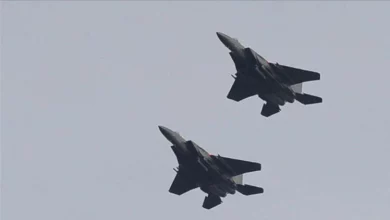
Rusya Dışişleri Bakanlığı Sözcüsü Mariya Zaharova, İsrail yetkililerin abluka altındaki Gazze Şeridi’ne yönelik nükleer bomba tehdidinin ‘kabul edilemez’ ve ‘kışkırtıcı’ olduğunu belirtti.
Zaharova, İsrail Miras Bakanı Amihai Eliyahu’nun abluka altındaki Gazze’de nükleer bomba kullanılabileceğine dair açıklamasını değerlendirdi.
Mariya Zaharova, “Bu açıklamaların kışkırtıcı, kesinlikle kabul edilemez ve belirli nedenlerden dolayı son derece dikkate değer olduğunu düşünüyoruz. ” ifadesini kullandı.
Böyle açıklamaların Gazze Şeridi’ndeki tüm sivil halkın nükleer silahla tehdit edildiği anlamına geldiğini vurgulayan Zaharova, şunları kaydetti:
“Bu bir soykırım tehdidi mi? Bu tür açıklamaların hiçbir gerekçesi yok ve olamaz. Bu tür açıklamalar, İsrail’in nükleer silaha sahip olduğunu doğrulamakla kalmıyor, uygun olmayan senaryolarda bu silahın kullanılmasını ihtimalini değerlendirme hazırlığını gösteriyor.”
İsrailli Bakan Eliyahu, geçen günlerde katıldığı bir radyo programında nükleer bomba kullanmanın Gazze’ye yönelik olasılıklardan biri olduğunu söylemişti.
Bu açıklamanın ardından Başbakan Binyamin Netanyahu, Eliyahu’yu kabine toplantılarından süresiz olarak uzaklaştırmıştı.
Eski Başbakan Yair Lapid ise Netanyahu’ya Eliyahu’yu görevden alması çağrısında bulunmuştu.
Gazze Şeridi’ne yönelik skandal sözlerine gelen tepkilerin ardından Eliyahu geri adım atarak, nükleer bombayla ilgili açıklamasının “mecazi olduğunu” savunmuştu.
Kaynak: AA





